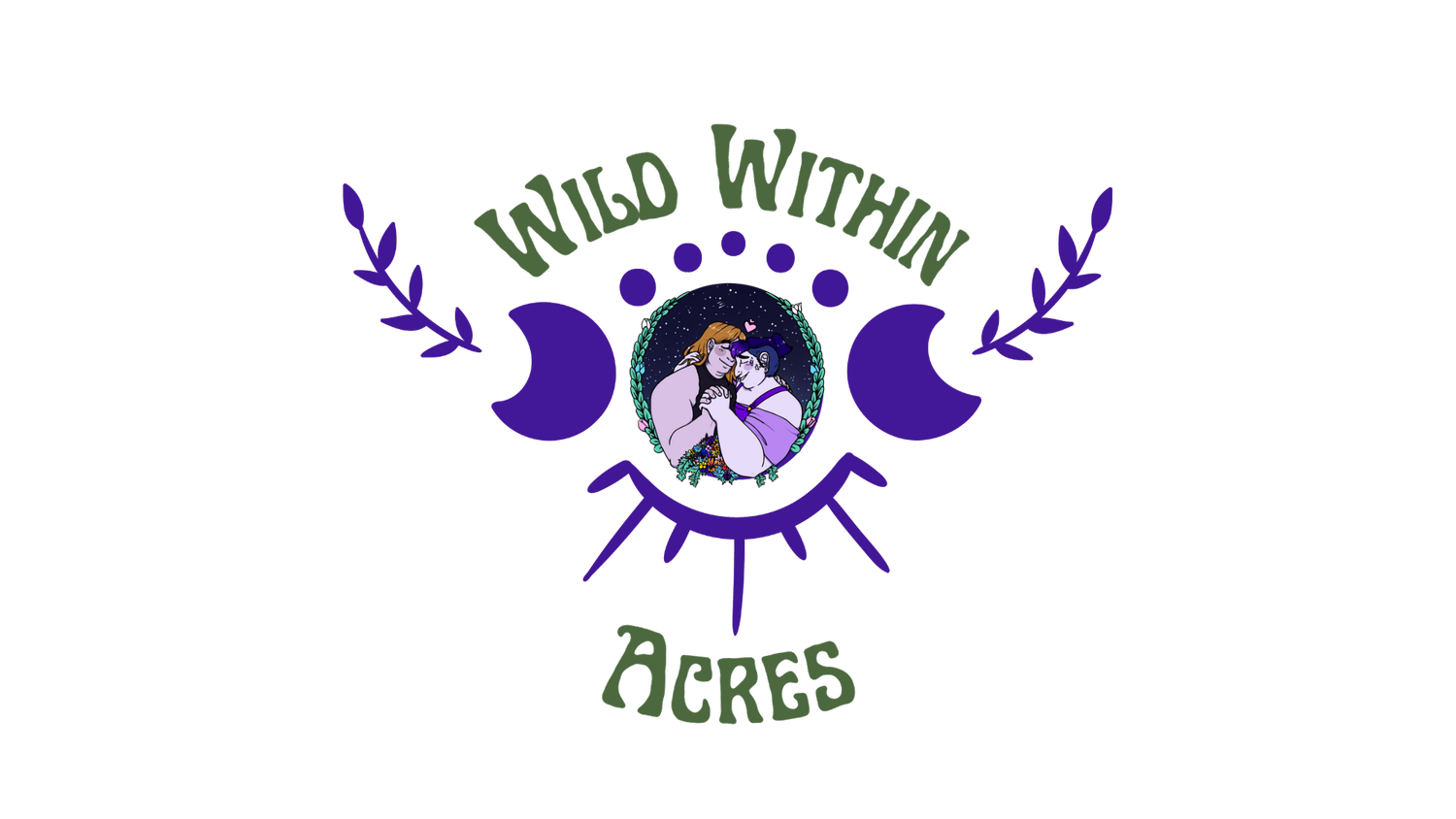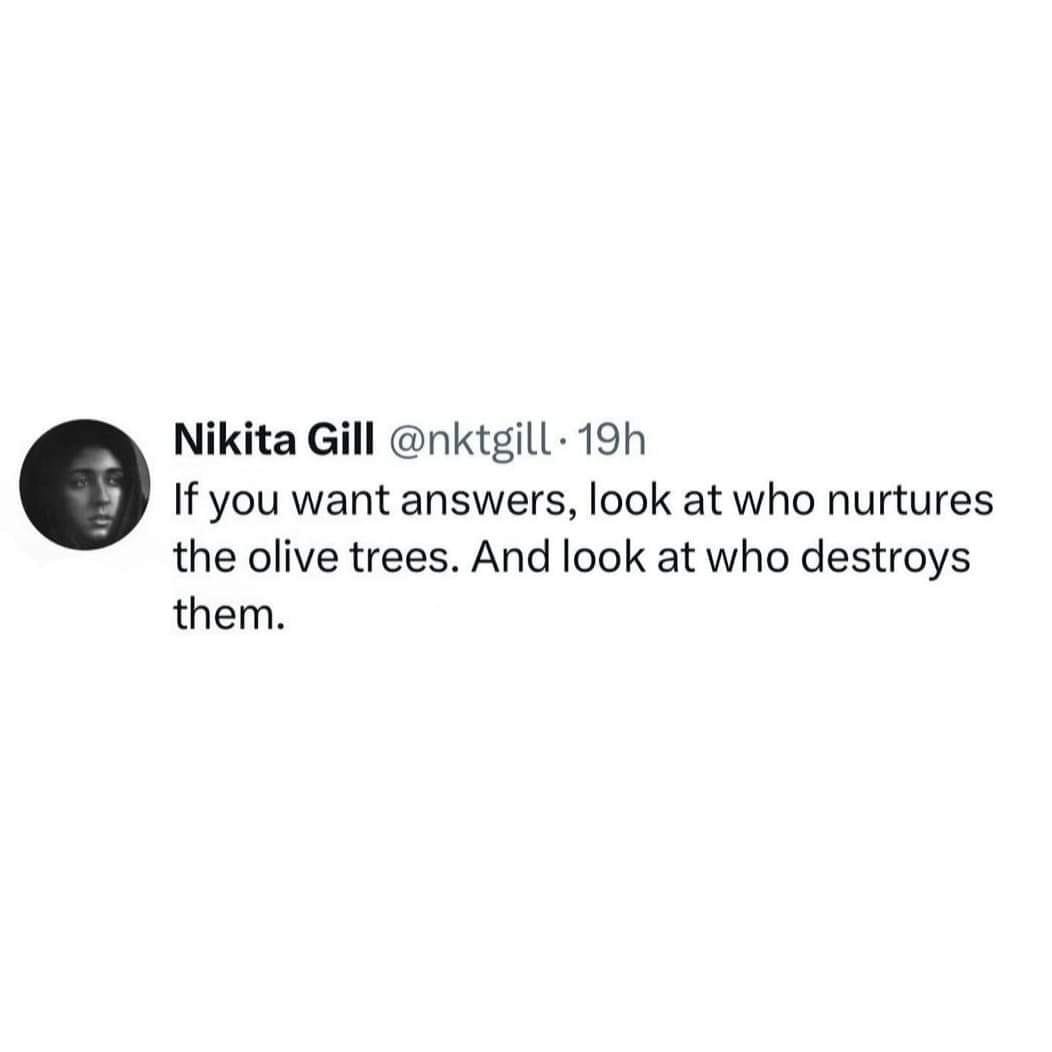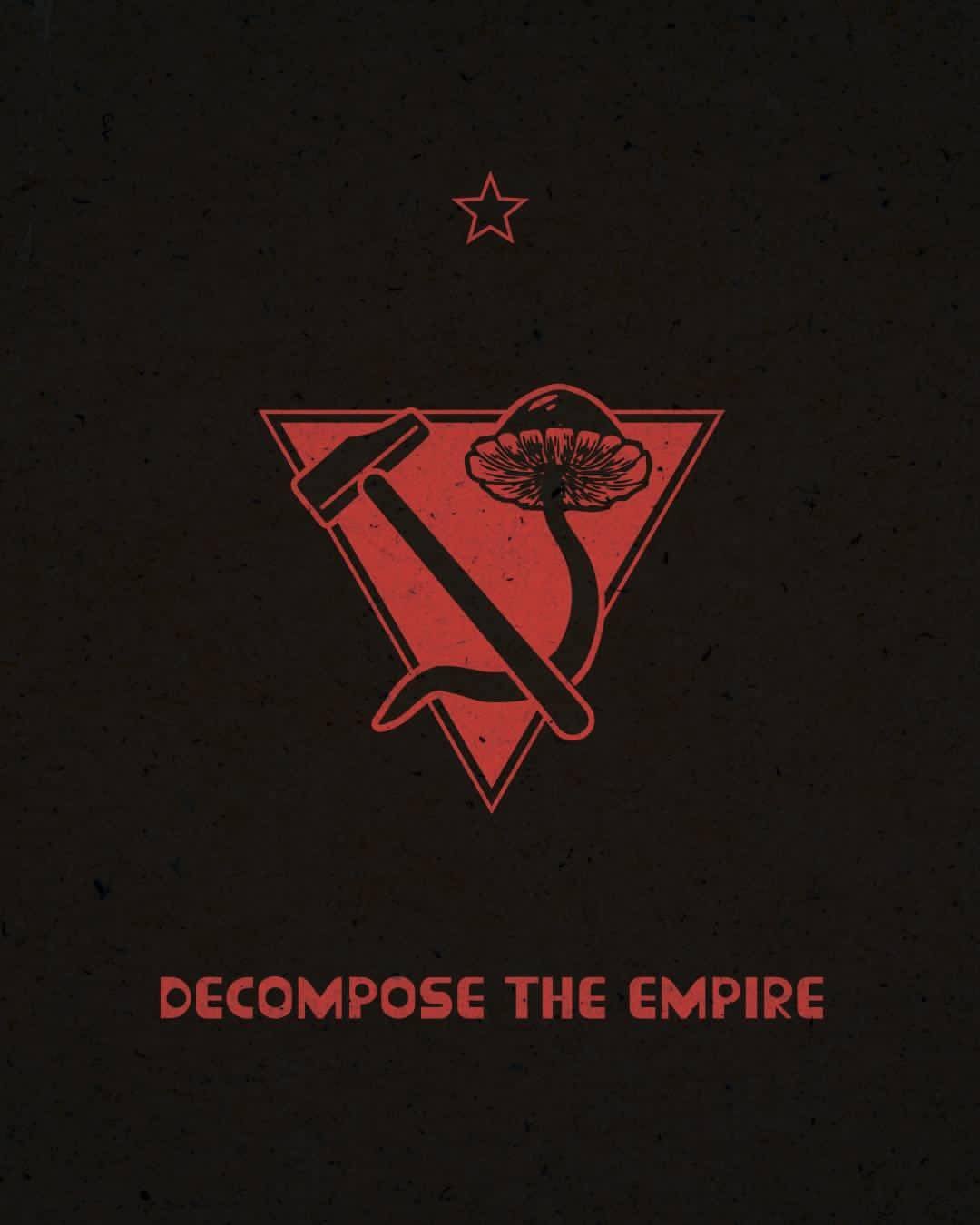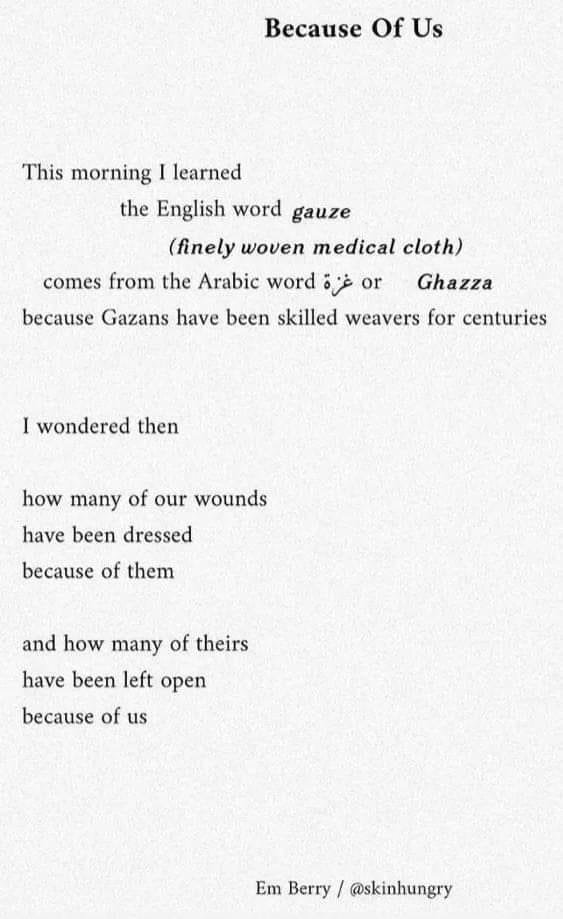farm, forest, and finding our way
As I have written about recently, I am currently engaged in a great deal of research connected to the history of the land upon which The Wild Within Acres is located.
Part of this has involved very focused research specifically about those who have previously farmed and/or lived on this land.
Another aspect that I am finding every bit as valuable is more expansive research regarding the:
general agricultural practices,
social norms and assumptions,
and manifestations of colonization and inequity
that were at play during the times when this land went through the most dramatic changes of its “development” from its original wildness to the present day.
This research arises from layers upon layers of considerations that I try to keep at the forefront of my mind when making decisions about how to interact with the land, animals, people, and moments in my life.
I write this as a descendent of colonizers who lives on unceded Haudenosaunee land. Some of my ancestors on both my maternal and paternal lines were ones who originally yanked the land of Turtle Island from its wild, reciprocal state in their attempts to tame and profit from the more-than-human world.
As a result (and in addition to researching options related to land reparations, land return, and land rematriation), I am researching the ideas, practices, philosophies, and assumptions of the colonizing farmers of this geographic area so as to be more skillful in our process here at Wild Within Acres of making living amends to the land, soil, and air around us.
As an example of insights that can be found from reading about historic agricultural practices, consider this segment of an article that appeared in the January 12, 1861 edition of Moore’s Rural New Yorker:
(Text that appears within the image will be quoted in full following the image.)
“AGRICULTURAL.
“WHAT DOES AGL SCIENCE INVOLVE?
“When we talk of agricultural science, we include in our discussion, or ought to, every thing which gives man power over the forces of Nature, and enables him to bring these forces to bear to increase the quantity or the quality of the animal or vegetable products of the earth which are useful, or may be made useful, to man. If this be true, and the statement is almost self-evident, there is laid out before the intelligent farmer a range of observation, study and thought, as extensive as that demanded by either of the learned professions. Scientific Agriculture lays under tribute almost the whole field of physical inquiry. The Botanist selects from the wild plants of the forest those adapted to the use of man, and gives the laws by which they may be improved by culture. The Chemist gives the analysis of plants, pointing out their constituent elements, and determines what portions have been derived from the earth and what portions from the air. He analyses soils and claims to determine the adaptation of each to the various products required, and to point out also the means of supplementing deficiencies by manures. Mechanical science gives him the principles by which natural agents, such as air, water, steam or gas, may be made to accomplish or lighten the farmer's toil, and add in ten thousand ways to his profit, convenience and comfort. Electricity gives him the law by which he can protect the fruits of his toil from the lightning. Meteorology gives him the laws by which the amount of rain, heat and cold in different districts is controlled. Physical Optics explains the subtle processes by which the fruits and flowers are colored and clothed with beauty, and enriched with odor and flavor” [emphases added].
The portions of that text that I put in boldface exemplify a theme that I see throughout much of the writings of white farmers, historically and in the present day: the entirety of the world is valuable only insofar as it is valuable to humans.
(In fact, not solely insofar as it is valuable to humans, but insofar as it is valuable to the subset of humans with whom the farmer/landowner deems as having earned them, through either relational proximity or the exchange of currency.)
This stands in sharp contrast to the Haudenosaunee teachings regarding the relationship between humans and the more-than-human world:
Among the nations of the Haudenosaunee is a core value called the Seventh Generation. While the Haudenosaunee encompass traditional values like sharing labour and maintaining a duty to their family, clan and nation and being thankful to nature and the Creator for their sustenance, the Seventh Generation value takes into consideration those who are not yet born but who will inherit the world.
In their decision making, Chiefs consider how present-day decisions will impact their descendants. Nations are taught to respect the world in which they live as they are borrowing it from future generations. (Values - Haudenosaunee Confederacy)
In other words: decisions related to how one farms, forages, hunts, and otherwise interacts with the more-than-human world not only take into consideration the impact on the overall environment and ecosystem in the present, but also far into the future.
It is valuable to note here that this value is shared across pre-colonized Indigenous practices, including those within my own ancestral lineage. I name this overtly because many white folks rush to romanticize, coopt, and appropriate the Indigenous teachings of BIPOC folks without recognizing that we, too, have pre-colonized Indigenous practices that were lost and surrendered within the process of assimilation into whiteness.
As a result, in recognition of the sharp difference in beliefs about the role of humans in relation to the more-than-human world Haudenosaunee traditions and the colonizing farmers, I also looked to some of the texts I have regarding the pre-colonized beliefs from within my own ancestry regarding this matter.
Given how long ago the colonization of my ancestors by the Britons occurred, ripping them from their traditional animistic traditions, few primary source documents exist regarding these beliefs. However, there has been a cultural continuity of folks who have done their best to maintain connections with the old ways: this enables a great deal of information to be gathered through secondary sources. Here are a few of the highlights I found in the first book I picked up on the subject:
In early thought everything was a person, in the loose meaning then possessed by personality, and many such ‘persons’ were worshipped—earth, sun, moon, sea, wind, etc. This led later to more complete personification, and the sun or earth divinity or spirit was more or less separated from the sun or earth themselves. Some Celtic divinities were thus evolved, but there still continued a veneration of the objects of nature in themselves, as well as a cult of nature spirits or secondary divinities who peopled every part of nature….
It was also customary to take oaths by the elements—heaven, earth, sun, fire, moon, sea, land, day, night, etc., and these punished the breaker of the oath…. The formulae survived into Christian times, and the faithful were forbidden to call the sun and moon gods or to swear by them….
While the greater objects of nature were worshipped for themselves alone, the Celts also peopled the earth with spirits, benevolent or malevolent, of rocks, hills, dales, forests, lakes, and streams, and while greater divinities of growth had been evolved, they still believed in lesser spirits of vegetation, of the corn, and of fertility…. (from The Religion of the Ancient Celts, MacCulloch, 78)
One small section from that quotation that is worth emphasizing a bit is “the faithful [Christians] were forbidden to call the sun and moon gods or to swear by them.” It feels significant to me that one common thread between the colonization of my ancestors’ Indigenous, animistic traditions and the colonization of the Indigenous lands on Turtle Island is the denial of 1. the sacredness of the more-than-human world, and 2. the vital role of humility in the ways that we humans interact with the more-than-human world.
Connecting with, tending, and deepening my conscious connection to this sacred, relational humility, then, feels like an important guiding light for the work I have to do, yes within my spiritual path and internal work, but also in regards to how we tend the land and show up in different ways in the world around us.
There is so much more I could say (and surely will say in the future) about these ideas, but for now… the land is calling me. I am going to go wander around a bit on this crisp, sunny autumn afternoon: here is hoping you all can find moments of sunshine, literal and metaphoric, within your day.
(“Decompose the Empire” image from https://www.instagram.com/earthliberationstudio/)





